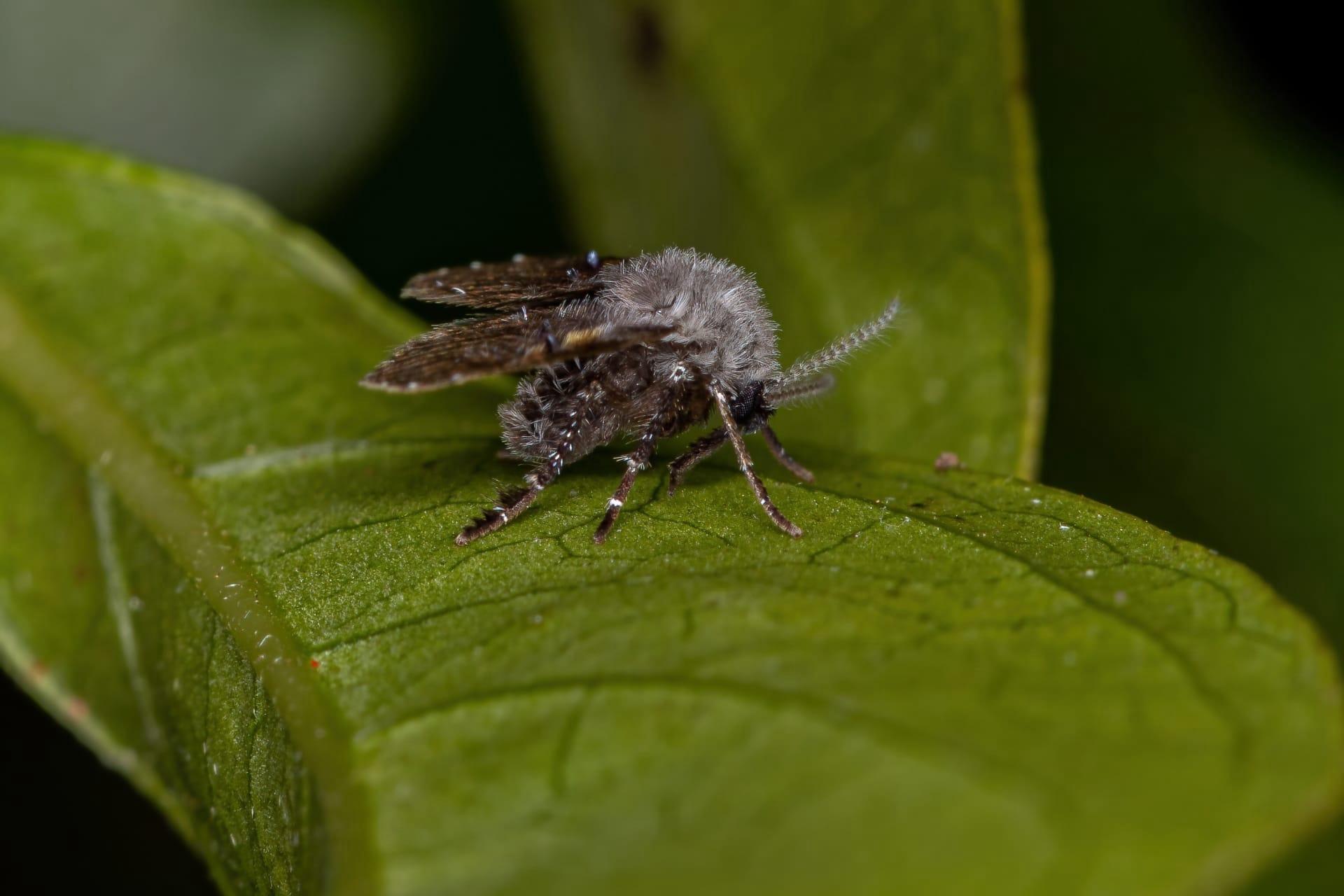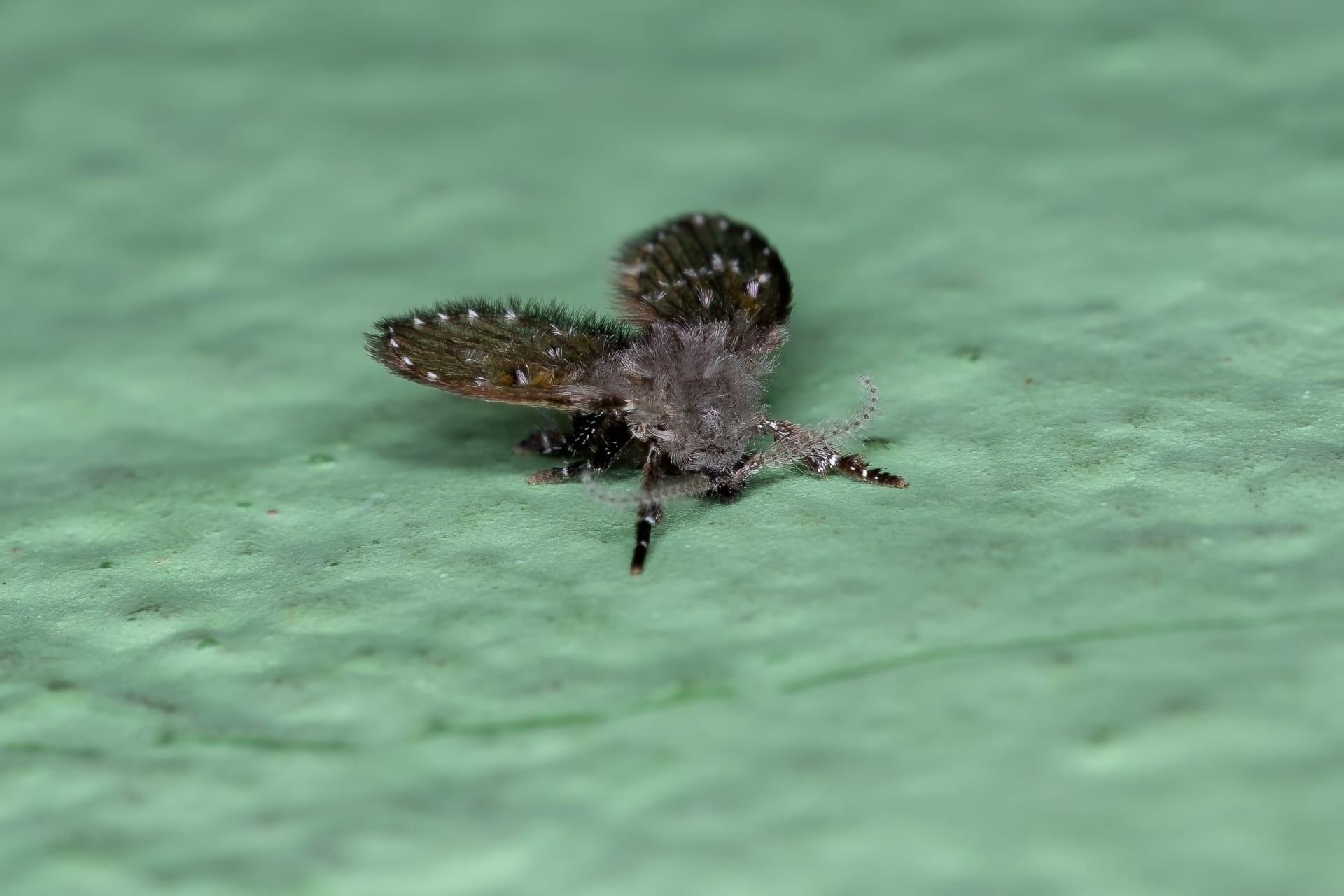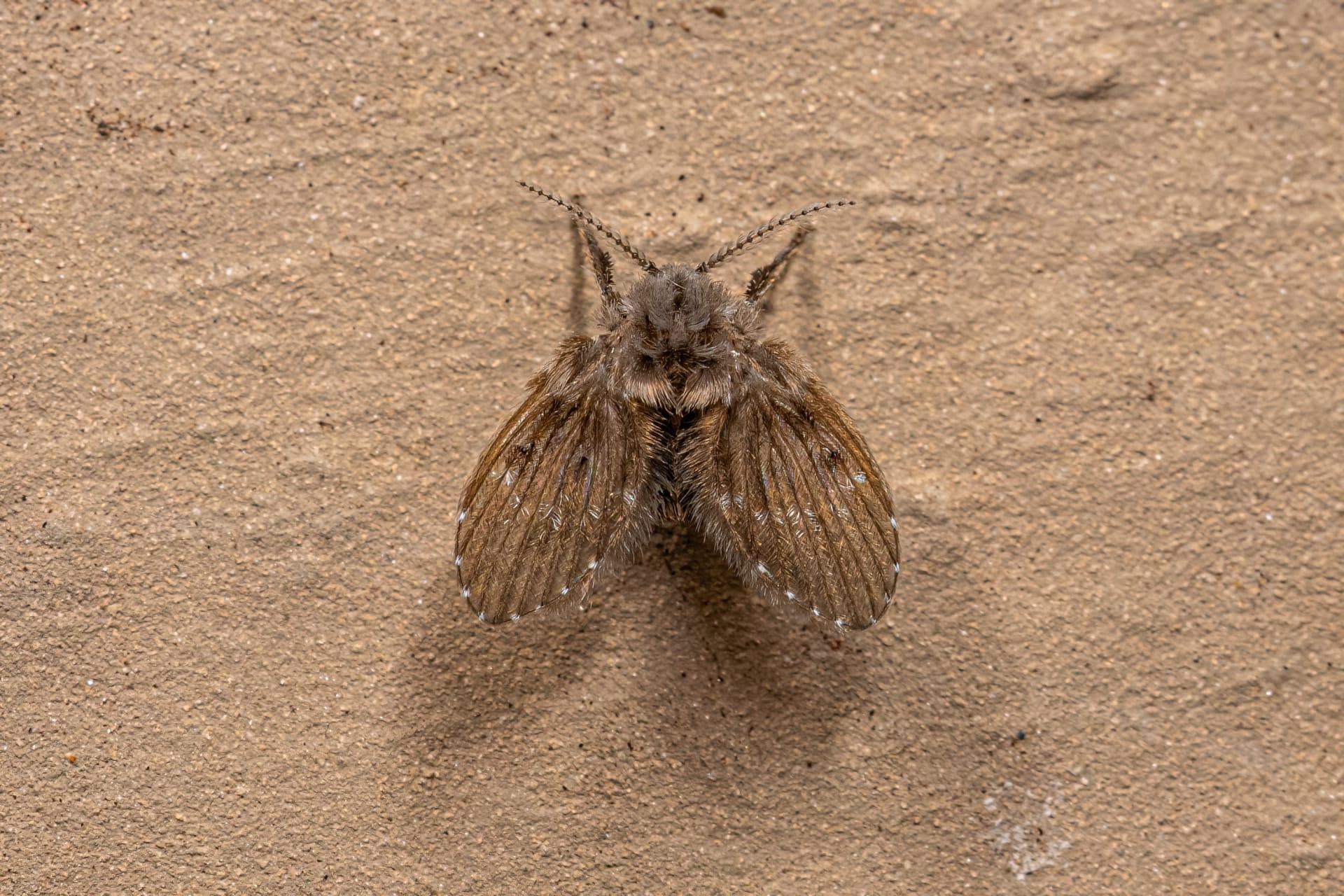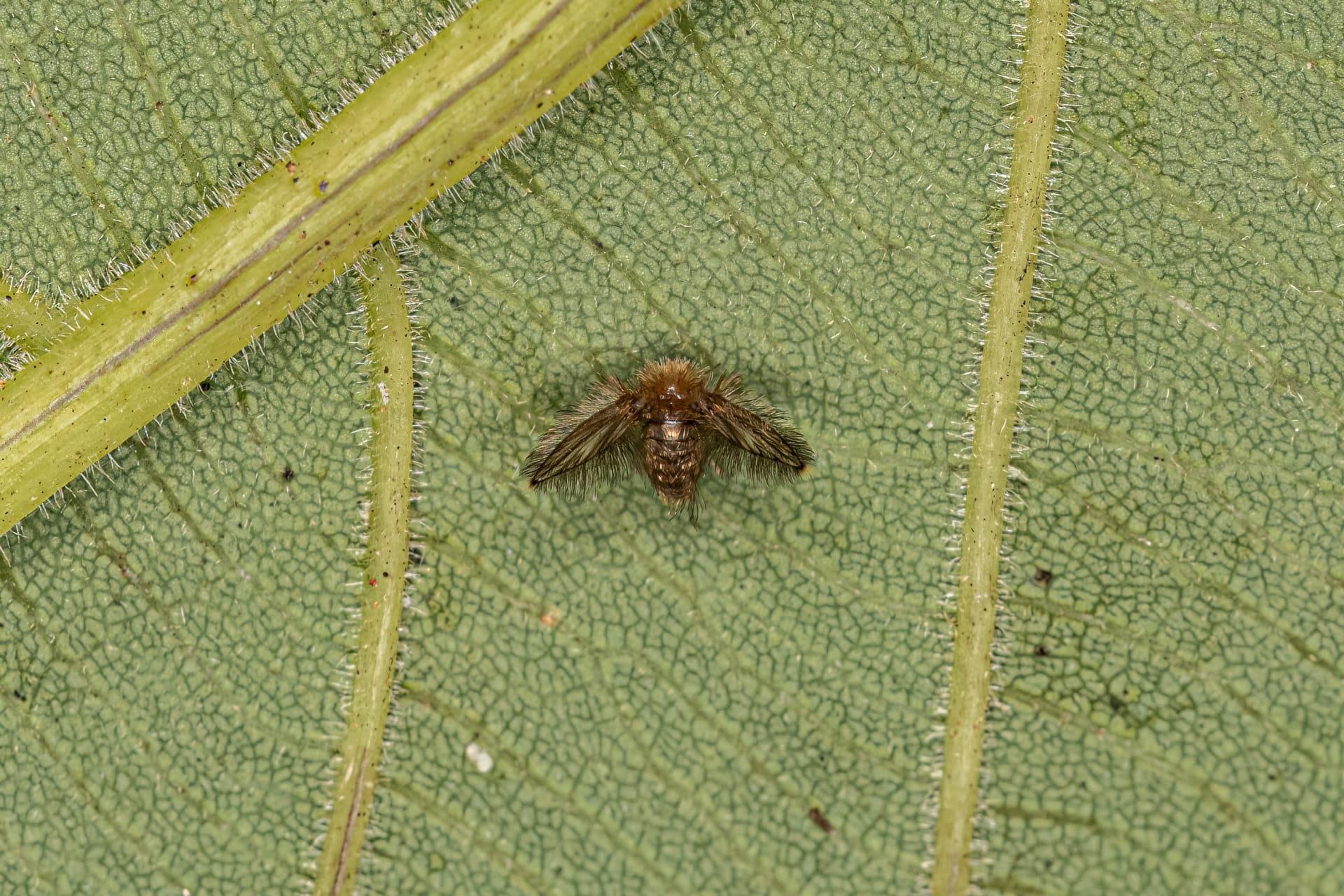Drain Fly Trivia
- Home /
- Trivia Question /
- Animal /
- Drain Fly Trivia
1
Question: What is the typical lifespan of a drain fly?
Answer: Drain flies, scientifically known as Psychodidae, typically live for about two weeks. However, this can vary based on environmental conditions. In ideal environments, their lifecycle from egg to adult can be as short as 7 days.
Question: How do drain flies reproduce?
Answer: Drain flies lay their eggs in moist, organic materials found in drains. A single female can lay up to 100 to 300 eggs, which hatch into larvae within 48 hours. The larvae stage lasts about 9 to 15 days, during which they feed on the organic matter.

2
Question: Do drain flies transmit diseases to humans?
Answer: Contrary to common misconceptions, drain flies are not known to transmit any diseases to humans. While their presence can be a nuisance, they don't pose significant health risks. However, they can exacerbate asthma in sensitive individuals.
Question: Can drain flies bite or sting?
Answer: Drain flies are incapable of biting or stinging humans. They have mouthparts designed for sponging up liquids but lack the anatomy needed to bite or sting. Any irritation caused by these flies is usually due to their presence and not physical harm.

3
Question: What are the signs of a drain fly infestation?
Answer: Signs of a drain fly infestation include seeing adult flies near drains, showers, or sinks. Another sign is finding their larvae, which are worm-like and about 4 mm in length, in the slimy film that often accumulates in drains.
Question: What attracts drain flies to homes?
Answer: Drain flies are attracted to moist environments with organic material. This includes clogged drains, leaky pipes, and overwatered houseplants. They are especially drawn to the biofilm that builds up in drains, providing food and breeding grounds.

4
Question: Are drain flies active during the day or night?
Answer: Drain flies are primarily nocturnal, being most active at night. During the day, they typically rest in shaded areas near their breeding sites. However, they can also be seen flying in homes during daytime.
Question: How can one differentiate drain flies from other small flies?
Answer: Drain flies are small, about 1/8 inch in length, and are distinguished by their unique pattern of veins in their wings and their fuzzy, moth-like appearance. Unlike fruit flies, they have a more rounded body and do not hover around fruit or sugary substances.

5
Question: What natural methods can be used to control drain fly infestations?
Answer: Natural methods to control drain flies include pouring boiling water down the drain to kill larvae and eggs, using a mixture of baking soda, vinegar, and boiling water to clean drains, and setting up apple cider vinegar traps to catch adult flies.
Question: What role do drain flies play in the ecosystem?
Answer: In the ecosystem, drain flies play a role in decomposing organic waste. Their larvae feed on and help break down organic material in wet environments, contributing to nutrient cycling and soil health. While a nuisance in homes, they are beneficial in natural settings.